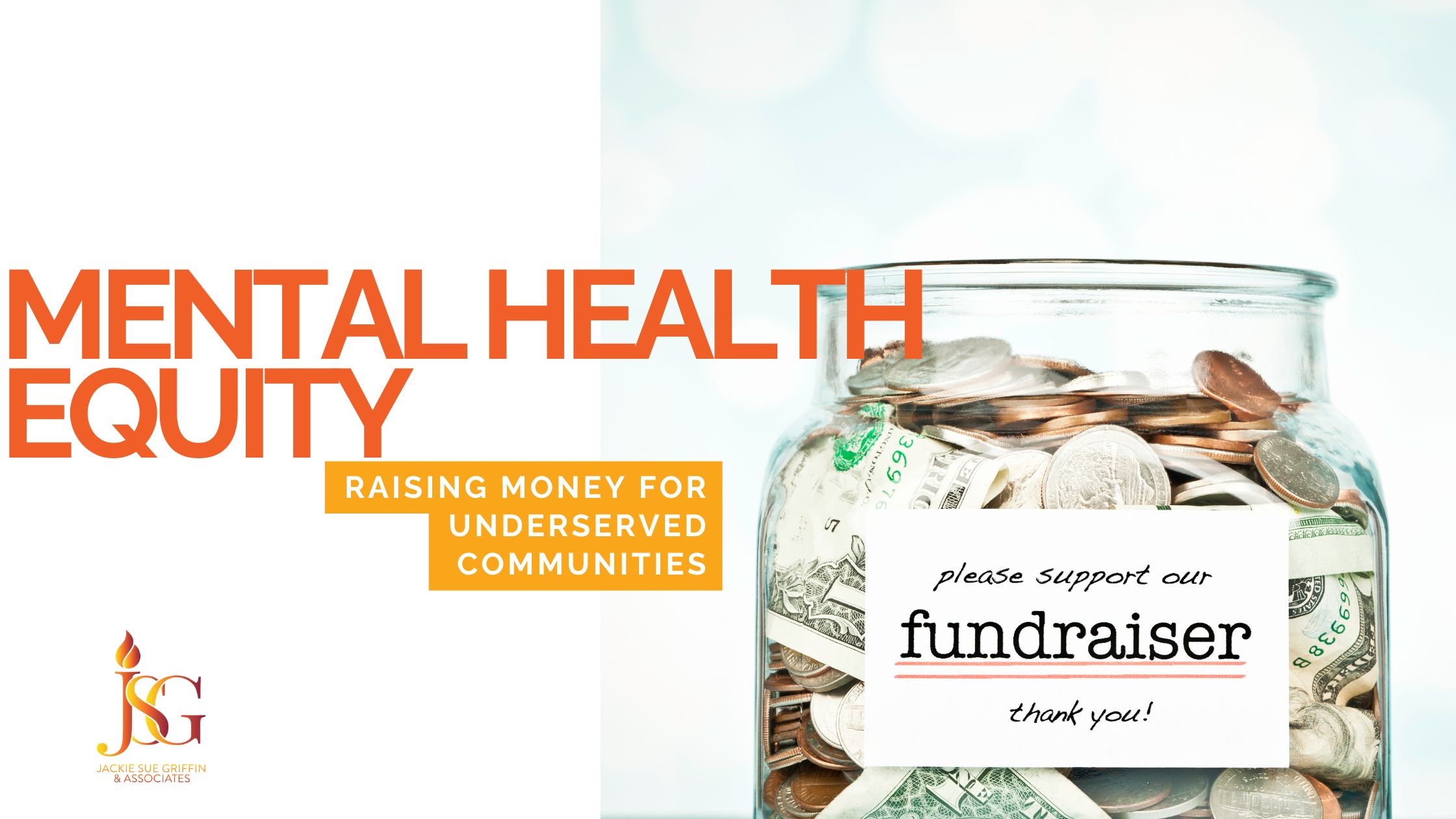
09 May Mental Health Equity: Raising Money for Underserved Communities
We know mental health matters—but for too many people, support remains out of reach.
Whether it’s due to lack of insurance, transportation, cultural stigma, or simply not enough providers in their area, underserved communities often face the steepest barriers when it comes to mental health care. And while the need is urgent, the resources are often limited.
That’s where your nonprofit comes in—and where fundraising becomes not just necessary, but deeply meaningful.
What Does Mental Health Equity Really Mean?
Mental health equity means everyone—regardless of zip code, race, income level, or language—has fair access to the care they need. It’s not just about raising awareness. It’s about ensuring real, affordable, culturally relevant support exists for all.
In communities of color, immigrant neighborhoods, rural towns, and low-income areas, mental health challenges are often met with silence or shame. Even when someone is ready to ask for help, they may have nowhere to turn.
Achieving mental health equity means closing that gap.
Why Fundraising for Mental Health Equity Matters
Raising money for mental health programs in underserved communities isn’t just about funding therapy sessions or hiring counselors. It’s about building trust, breaking down stigma, and creating systems that actually work for the people they’re meant to serve.
Your nonprofit might be funding mobile mental health clinics, offering therapy in multiple languages, supporting peer-led support groups, or partnering with schools and churches to reach people where they are. All of these efforts require resources—and that’s where fundraising becomes a tool for justice.
Telling the Right Story to Inspire Giving
When it comes to fundraising, how you tell the story matters. Mental health can be a tough subject, but it’s also one that touches nearly every family.
So how do you connect with donors in a meaningful way?
- Share lived experiences. With permission, share real stories from people in your community who’ve been helped—or who are still struggling. Personal stories make abstract issues feel real.
- Highlight the inequity. Help donors understand the gaps. For example, while urban centers may have more providers, rural areas often have none. While therapy might be normalized in some communities, others face language barriers or cultural stigma.
- Show impact. Be clear about what donations will support: “$100 covers a therapy session for a teen experiencing depression.” “$500 trains five community leaders in mental health first aid.”
Donors want to know their money will make a tangible difference—and your organization is the bridge between their generosity and real-world impact.
Making Equity Part of Your Fundraising Culture
It’s not just about a single campaign. To truly champion mental health equity, fundraising should be embedded in your organization’s larger vision of inclusion and justice.
Ask yourself:
- Are we reaching out to diverse donor bases?
- Are we partnering with grassroots leaders and organizations in the communities we serve?
- Are we creating fundraising campaigns that reflect the voices and values of those we’re trying to support?
When fundraising and equity go hand in hand, you’re not just raising dollars—you’re raising awareness, building power, and creating sustainable change.
This Is a Movement, Not Just a Moment
Mental health equity isn’t a trend or a talking point—it’s a long-term commitment. And raising money for this cause is one of the most powerful ways nonprofits can drive change.
Every dollar raised is a step toward a future where mental wellness is not a luxury, but a basic human right. A future where no one is left behind simply because of where they live, how much they make, or who they are.
So keep telling the stories. Keep building the partnerships. Keep asking boldly for the support your communities deserve.
Because this work? It’s not just important. It’s urgent.

No Comments